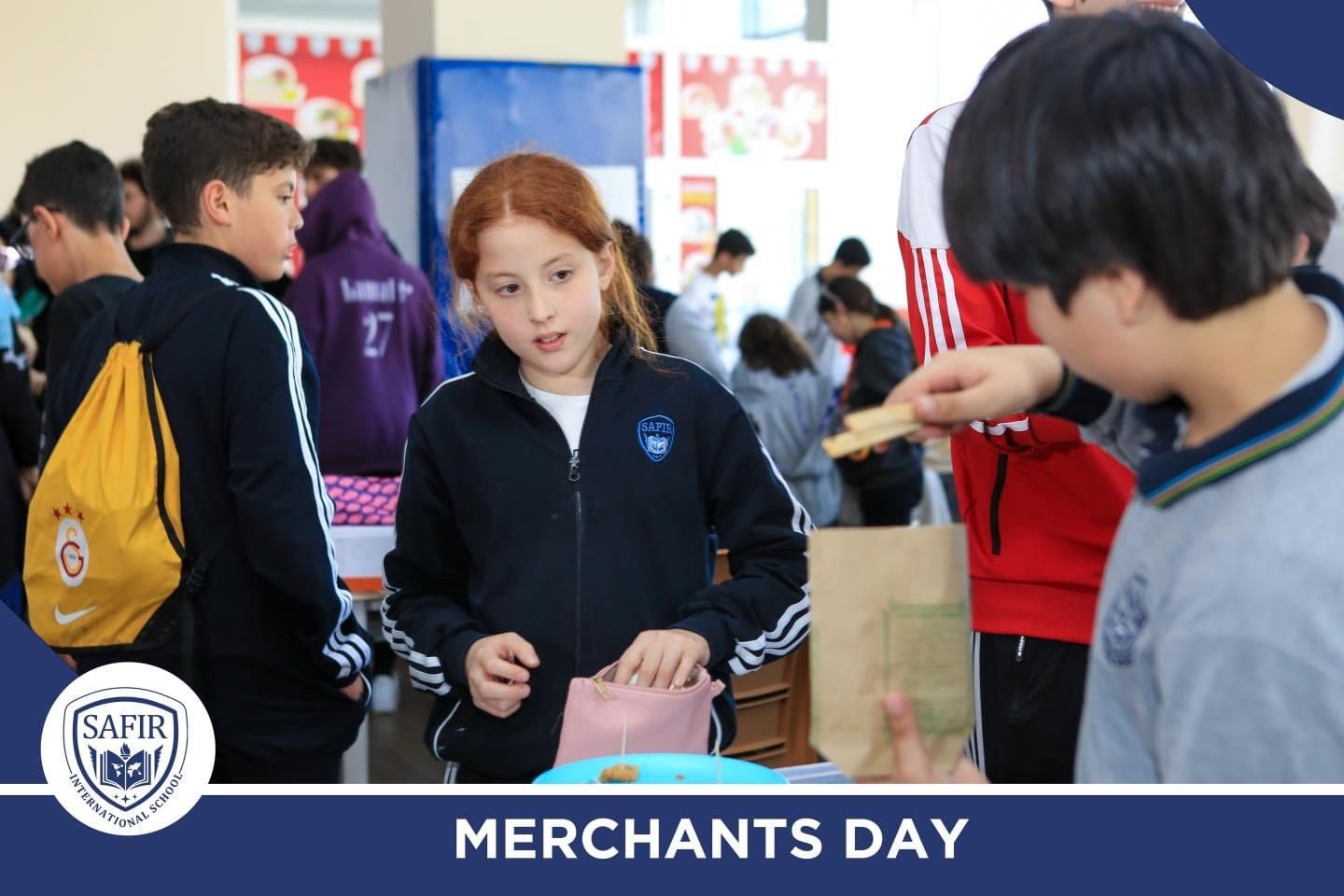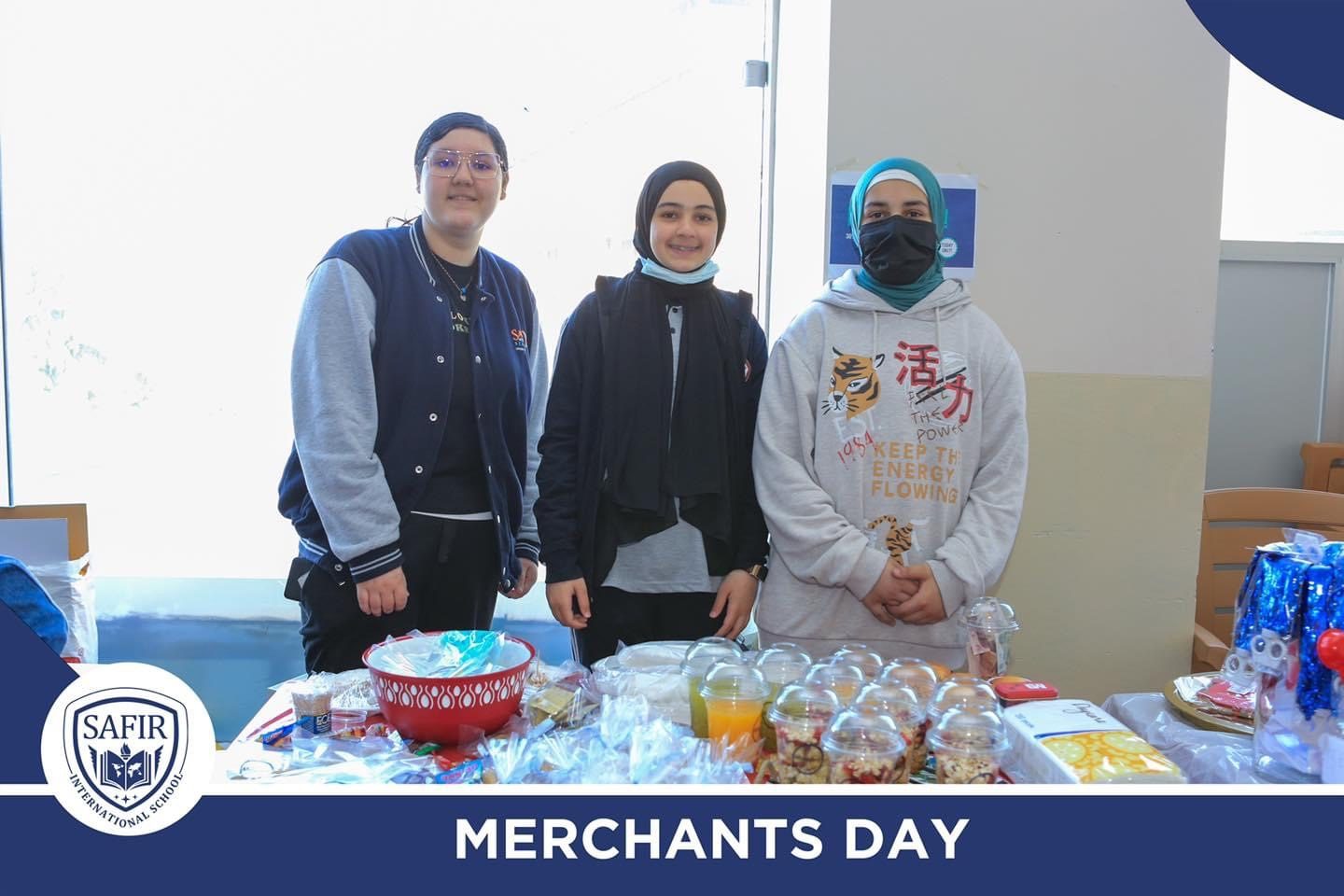MIDDLE SCHOOL (Grades 7-8)
Our middle school program is designed to support social-emotional development, physical well-being, creativity, and the unique needs of young adolescents. At this stage, your child will begin to focus on subject-specific science courses, continued advanced mathematics and a pre-AP curriculum to support their learning as they progress to high school.
Course Descriptions: Core Subjects
ENGLISH LANGUAGE ARTS
Throughout this course, students will engage in literary analysis of short stories, poetry, drama, novels, and nonfiction. The course focuses on the interpretation of literary works and the development of oral and written communication skills in standard (formal) English. The class is focused on four areas: Literature; Composition; Grammar, Usage and Mechanics; and Vocabulary. ELA Grade 7 sharpens reading comprehension skills, engages readers in literary analysis, and offers a variety of literature.
Through a varied selection of stories, plays, and poems, many of which highlight exemplary virtues, students develop skills of close reading and literary analysis. Students will come to appreciate the writer’s craft as they consider the feelings, thoughts, and ideas of characters, and make connections between literature and life. Students also learn to read for information in nonfiction texts.
The course will be conducted based on effective teaching and learning strategies, such as guided reading and writing, team work, role-playing, presentations, individual work including reading, writing, analysis, research, class discussion, and use of information technology. Tests, quizzes, assignments, research projects, reports, case studies, scenarios, graphic organizers, multimedia presentations, journals, skits, role playing, interviews, and conferences will be used as assessment strategies to assess student learning. Check lists, marking schemes, rating scales, and rubrics are among the most commonly used assessment tools for the course.
MATHEMATİCS
nee Math is a powerful tool for global understanding and communication. Using it, students can make sense of the world and solve complex and real problems. Rethinking math in a global context offers students a twist on the typical content that makes the math itself more applicable and meaningful for students. While working at a slower pace, CC Math 8 focuses on The Number System (know that there are numbers that are not rational, and approximate them by rational numbers), Expressions and Equations (work with radicals and integer exponents, understand the connections between proportional relationships, lines, and linear equations, analyze and solve linear equations and pairs of simultaneous linear equations), Functions (define, evaluate, and compare functions, use functions to model relationships between quantities), Geometry (understand congruence and similarity using physical models, transparencies, or geometry software, understand and apply the Pythagorean theorem, solve real-world and mathematical problems involving volume of cylinders, cones and spheres), Statistics and Probability (investigate patterns of association in bivariate data). For students to function in a global context, math content needs to help them get to an all-inclusive competence, which is understanding different perspectives and world conditions, recognizing that issues are interconnected across the globe, as well as communicating and acting in appropriate ways.
SCIENCES
Students in middle school continue to develop understanding of four core ideas in the physical sciences. The middle school performance expectations in the Physical Sciences build on the K – 5 ideas and capabilities to allow learners to explain phenomena central to the physical sciences but also to the life sciences and earth and space science. The performance expectations in physical science blend the core ideas with scientific and engineering practices and crosscutting concepts to support students in developing useable knowledge to explain real world phenomena in the physical, biological, and earth and space sciences. In the physical sciences, performance expectations at the middle school level focus on students developing understanding of several scientific practices.
These include developing and using models, planning and conducting investigations, analyzing and interpreting data, using mathematical and computational thinking, and constructing explanations; and to use these practices to demonstrate understanding of the core ideas. Students are also expected to demonstrate understanding of several of engineering practices including design and evaluation.
SOCIAL STUDIES
program begins with our KG1 students, aged 3 and above and
Social studies courses focuses on the basics of studying history and the main skills needed for being a historian. The Units mainly introduce students chronologically to some historical periods that witnessed the emergence and development human civilizations and how this relates to our modern world.
Additional Subjects Taught in Middle School:
• Arabic Language
• Turkish Language
• Islamic History
• Art
• Physical Education
• SEL (Social Emotional Learning)
• Informational Technology, Computer
• STEM and Robotics









